The False Black Widow (Steatoda grossa) comes in brown for females and a mix of black, white, and brown for males, reaching sizes of up to 10.5mm. Widely distributed, they establish webs wherever possible. Despite poor vision compared to other species, they rely on web vibrations to detect prey.
While they can bite if handled roughly, their venom, though not deadly, can cause various reactions in humans, including fever, swelling, sweating, and nausea.
Although less harmful than the Redback Black Widow, unexpected bites can occur if mistaken for prey.
Peppered Jumping Spider
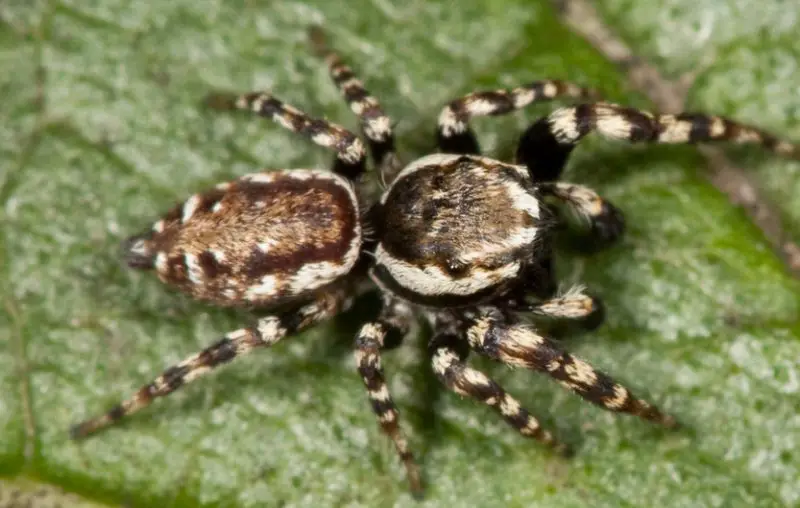
The Peppered Jumping Spider (Pelegrina galathea) is among North America’s smallest black and white spiders. Males can be as diminutive as 2.7mm, while females reach up to 5mm. Sporting black cephalothoraxes with distinctive white markings, they’re commonly found in US crops and agricultural fields worldwide, where they likely play a beneficial role in insect control.
Agile climbers, they frequent vertical surfaces like walls in search of food, particularly prevalent in abandoned crops and farms where they thrive.
Buttonhook Leaf-Beetle Jumping Spider
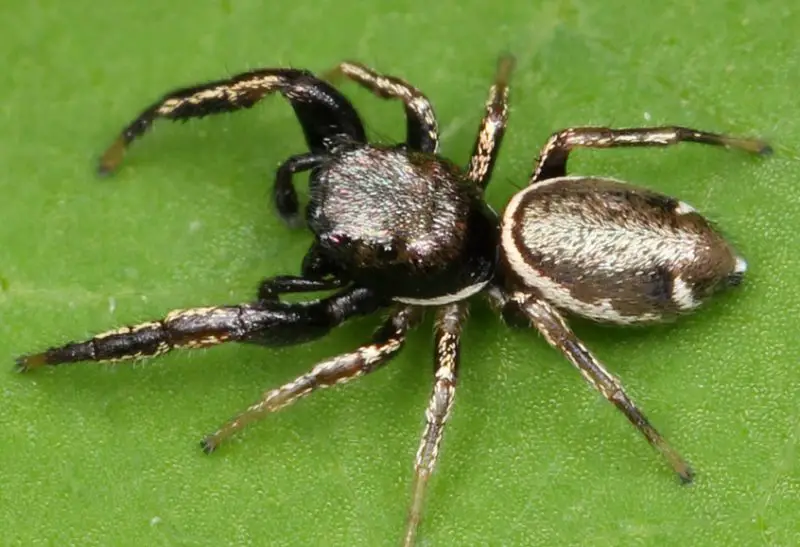
The Buttonhook Leaf-Beetle Jumping Spider (Sassacus vitis) is a common sight across the US, known for its diminutive size among jumping spiders. Females typically exceed 5mm, while males approach 4mm. Their multi-colored bodies feature predominant black and white tones, often complemented by brown or bronze hues. Characterized by a black cephalothorax with interconnected white bands along the sides, they also display white markings on their legs.
Preferring smaller prey due to their size, they frequently target gnats, leveraging their agility and hunting prowess to capture these diminutive insects.
Pantropical Jumping Spider
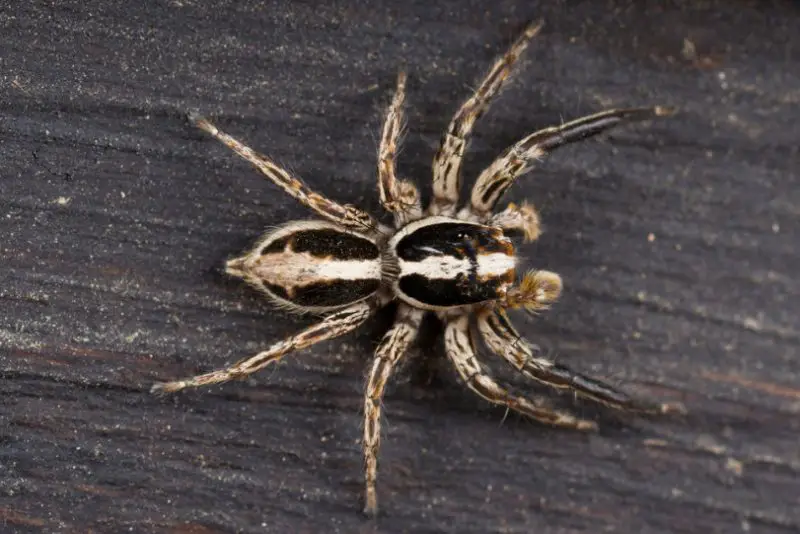
The Pantropical Jumping Spider (Plexippus paykulli) hails from Asia but has been introduced to various regions. Males and females exhibit distinct coloration, with females sporting pronounced brown hues while males feature a black cephalothorax with a white central line (tan in females).
Renowned for their exceptional hunting skills and keen vision, they eschew traditional webs in favor of small silk cocoons used as shelters. Found primarily in citrus groves in Southern territories, they prey on mosquitoes, other spiders, and larger insects, utilizing potent venom to quickly immobilize their quarry.
With their adept vision, they can approach different prey types effectively, whether swiftly pouncing on flies or stealthily stalking fly larvae.
Bowl-And-Doily Spider
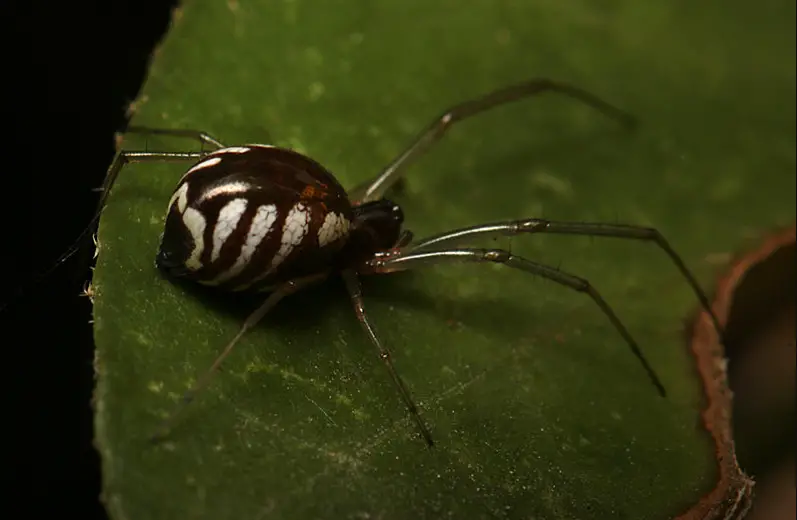
The Bowl-and-Doily Spider (Frontinella pyramitela) has been introduced to North America, specializing in weaving webs to catch small flies and gnats. Despite their small size, reaching only 5mm, identifying them around the house can be challenging due to their varied coloration. Males may exhibit black and white bodies with red-brown legs.
Solitary by nature, they only meet for mating, with males typically leaving the female’s nest shortly afterward, although departure times vary. Known for their exceptional prey memory, they can accurately identify recent prey parts even when mixed with older ones.
Sylvan Jumping Spider
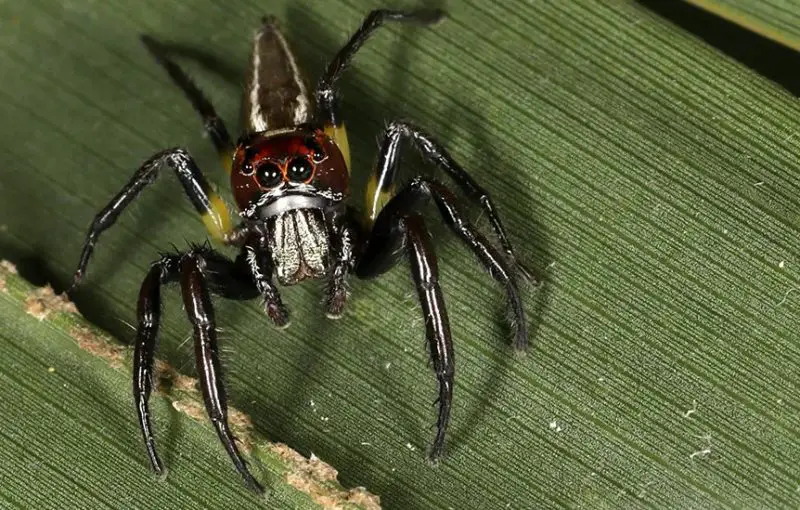
The Sylvan Jumping Spider (Colonus sylvanus) showcases striking sexual dimorphism, with females sporting a tan hue accented by white marks on the cephalothorax, while males exhibit a black and white body with a brown abdomen and red eye markings. With all-black legs, they commonly inhabit trees and flowers, likely native to their habitats.
Measuring around 5mm, their diet primarily consists of small insects, including gnats. Featuring eight eyes, the two central ones are the largest and most prominent, providing essential visual information for hunting and navigation.
White Micrathena
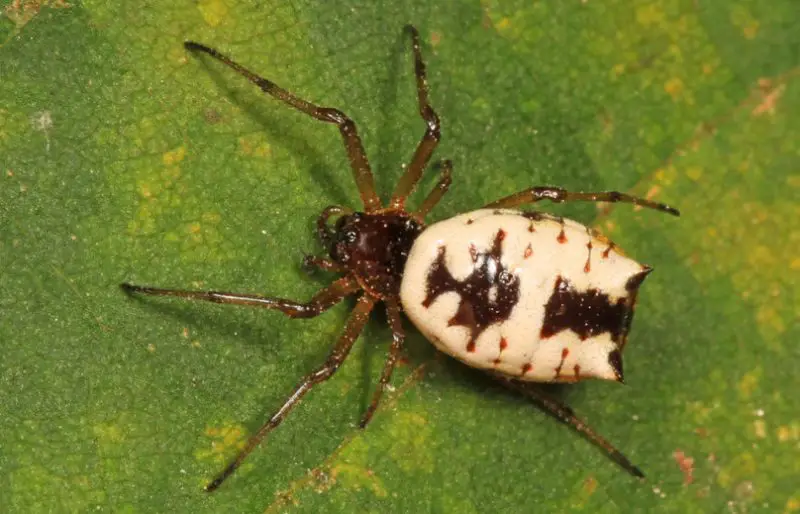
The White Micrathena (Micrathena mitrata) ranks among the most common Micrathena species in the US, recognizable by its distinctive bulbous white and black body adorned with spiny protrusions on the lower abdomen. Growing up to 0.5 inches, it preys on various small insects, utilizing its large spider webs to ensnare gnats and mosquitoes.
Known for their effectiveness, these webs’ centerpoints are particularly adept at capturing larger flies. Found in gardens, they play a beneficial role in controlling mosquito populations and managing plant pests, making them valuable allies in outdoor environments.
Common White-Cheeked Jumping Spider
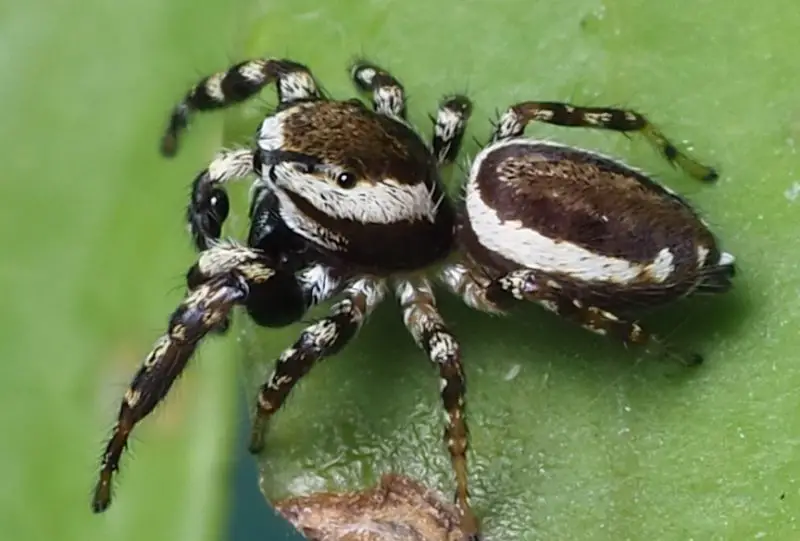
The Common White-Cheeked Jumping Spider (Pelegrina proterva) is prevalent in the Eastern US, particularly around Boston and Eastern Canada, with an expanding habitat extending to Montana.
Sexual dimorphism is evident, with males displaying dark brown or black and white coloring, while females exhibit light brown and white or tan hues. With thick, hairy bodies typical of many jumping spiders, they reach sizes comparable to others in their genus, with males averaging 4.2mm and females 5.6mm.
Feeding on a variety of insects, including common houseflies, they contribute to natural pest control in their habitats.
Long-Palped Ant-Mimic Sac Spider
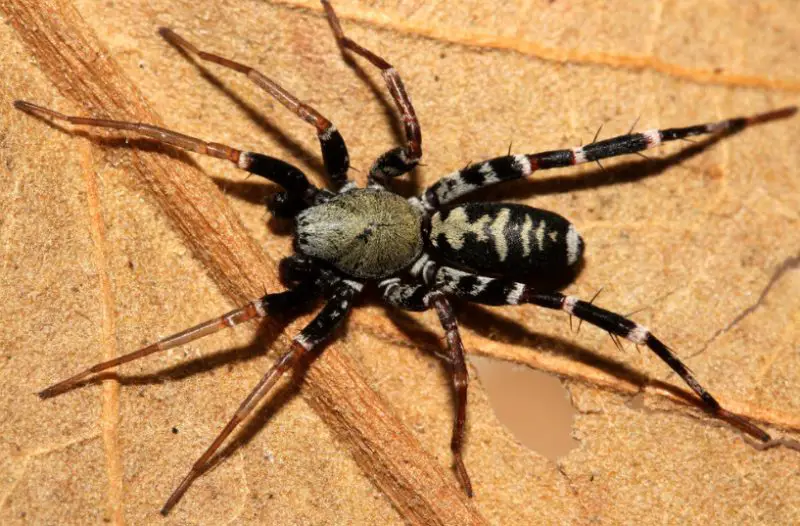
The Long-Palped Ant-Mimic Sac Spider (Castianeira longipalpa) earns its name by mimicking ants, a strategy believed to deter predatory spiders. While not harmful to humans, they’re adept hunters, with females sporting brown and black coloring, while males have mostly black bodies with white or tan markings.
Unlike typical sac spiders, they don’t spin webs, instead, hunting small insects among grass, vegetation, and flowers. Their elongated bodies aid in ant mimicry, helping them blend in with their surroundings and evade potential predators.
Two-Lined Stealthy Ground Spider
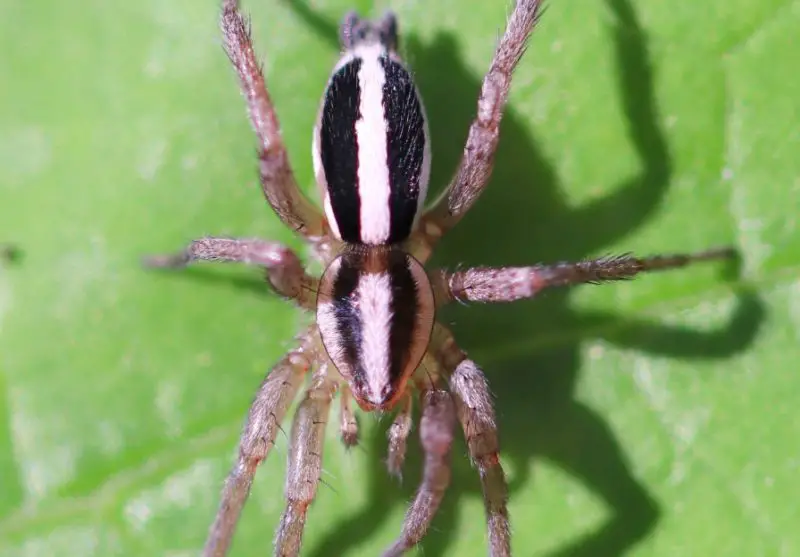
The Two-Lined Stealthy Ground Spider (Cesonia bilineata) features distinctive black and white markings across its body, with two black stripes flanking a longitudinal white stripe. Thriving in moist environments, they inhabit basements, abandoned buildings, and attics, where they prey on insects attracted to dampness.
While venomous, their venom poses no threat to humans, primarily targeting small prey for immobilization. Typically found in Eastern states, their range is expanding westward, including California. They’re non-aggressive toward humans, preferring to flee when encountered.
Nordmann’s Orbweaver
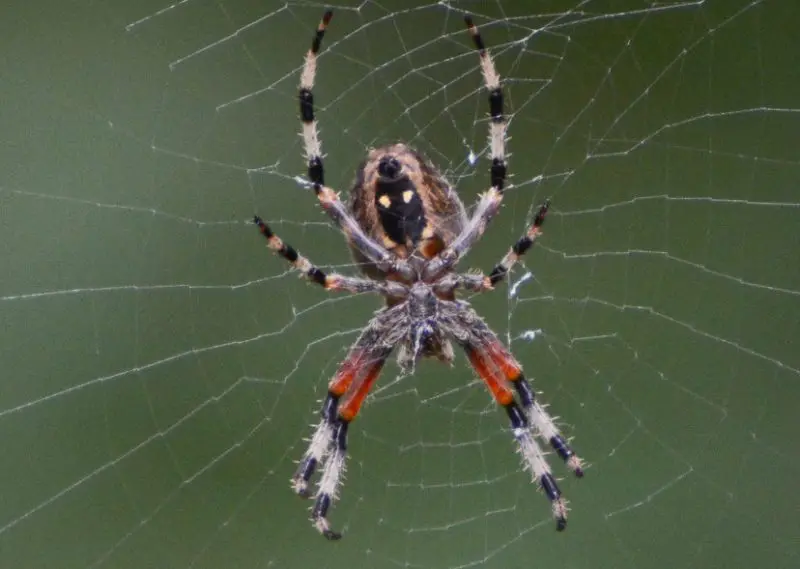
The Nordmann’s Orbweaver (Araneus nordmanni) is a rare and impressive sight, growing up to 13mm, making it one of the largest orbweavers in North America and Europe. Recognizable by its black body and legs adorned with marbled white markings, it displays agile climbing abilities and constructs vertical orbital webs high on trees or tall grass.
These webs ensnare a variety of insects, from gnats to flies and wasps. In the rare sightings of this species, the dominant female often occupies the central position within the web, occasionally seeking shelter under branches during heavy rainfall.
Bold Jumping Spider
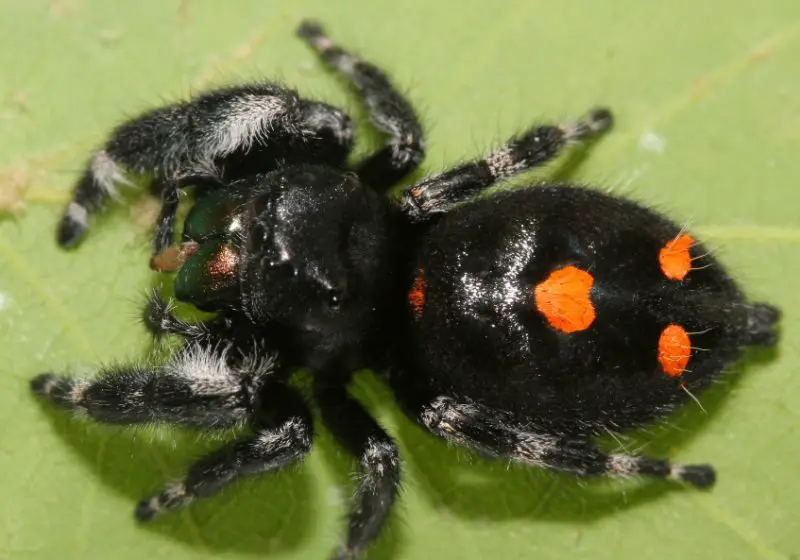
The Bold Jumping Spider (Phidippus audax), also known as the bold jumper, is characterized by its striking black and white coloration. Typically dominated by black hues, some individuals display white lines extending along their dorsal. Found in grasslands and prairies, these venomous spiders are not harmful to humans but will bite if handled roughly.
Diurnal hunters, they rely on their excellent vision to locate prey, often pouncing on insects and smaller spiders. With females laying around 200 eggs per season, usually in spring or summer, these spiders play a vital role in regulating insect populations.
Spinybacked Orbweaver
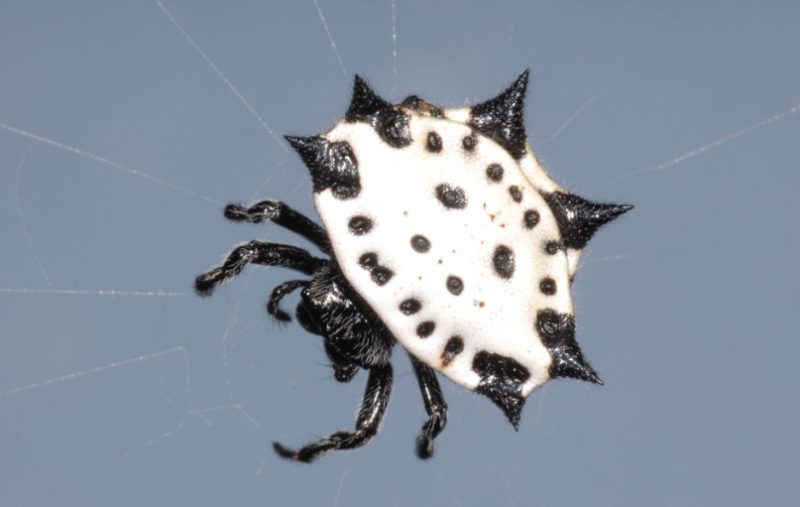
The Spinybacked Orbweaver (Gasteracantha cancriformis) is easily identified by its striking black and white coloration, with white dominating its dorsal surface, which is adorned with small black marks. What truly sets this species apart are its abdominal projections, six of which create an atypical and asymmetrical appearance.
Often found in colonies numbering in the thousands, these spiders thrive in woodlands and dense vegetation, particularly in warm climates like Florida. While commonly spotted in citrus plantations, their habitat spans from the southern US territories to South America, showcasing their wide distribution.
Spined Micrathena
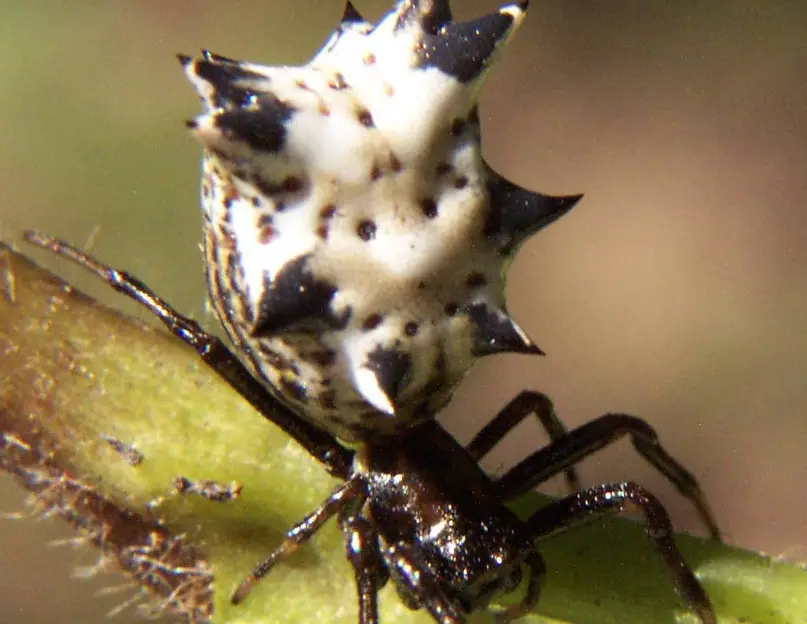
The Spined Micrathena (Micrathena gracilis), also known as the castleback orbweaver, is recognized by the distinctive ridges adorning the female’s body, believed to serve a defensive function against predators. These spines are exclusive to females, potentially inflicting harm on would-be attackers. In contrast, males exhibit more pronounced black and white coloration. While typically black and white, this species can vary in color, including shades of orange and brown, depending on its habitat.
Growing up to 10mm, these spiders are non-aggressive and known for their orb-shaped webs, reconstructed daily. Active until October, they pose no venomous threat and thrive in diverse habitats suitable for web attachment.
Read More:
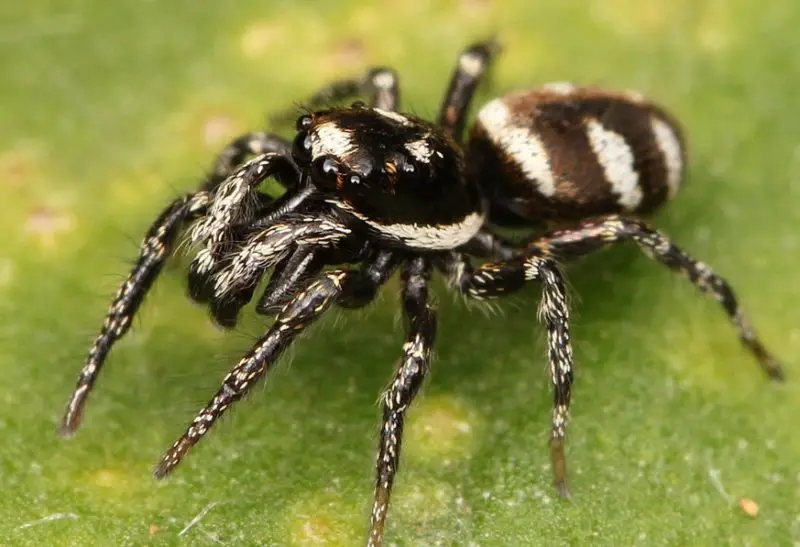
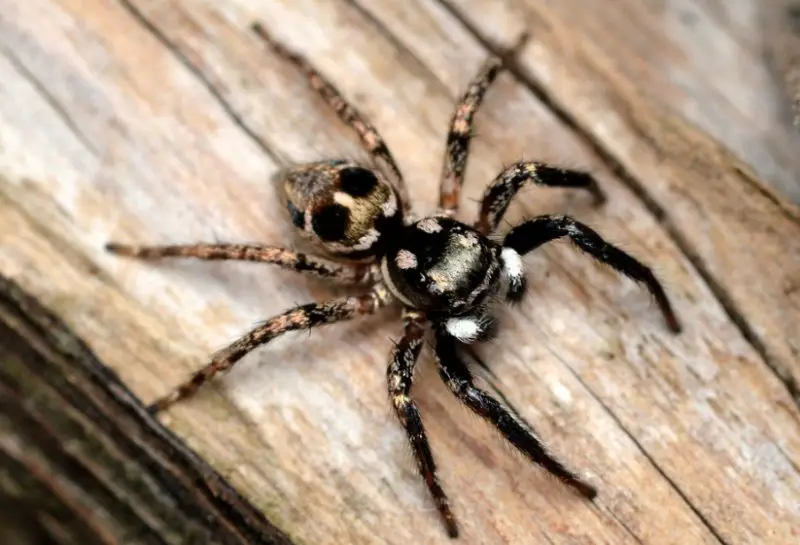
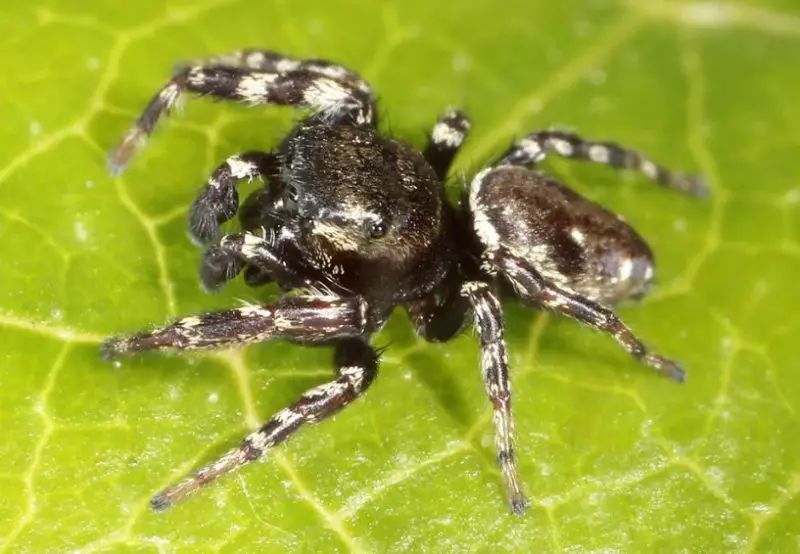
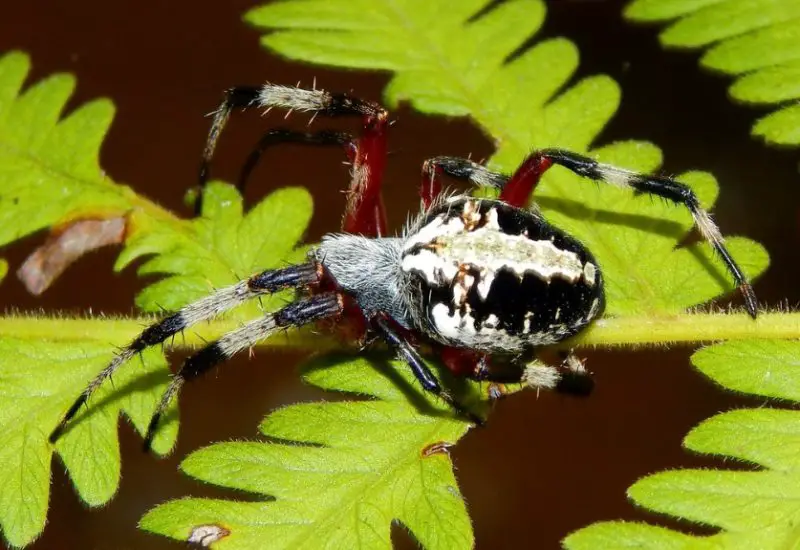
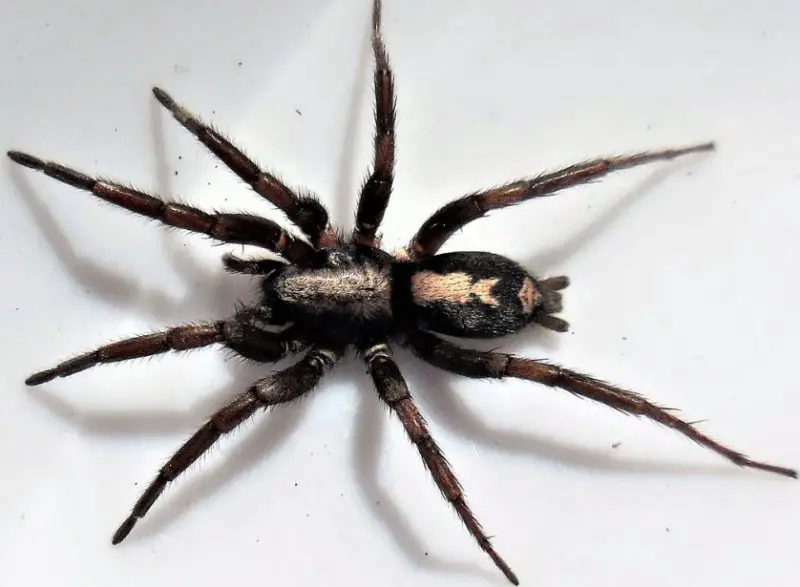

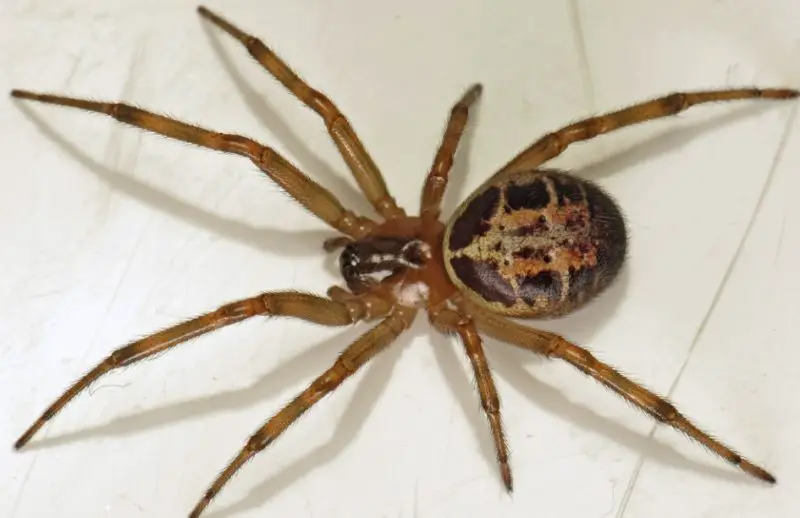
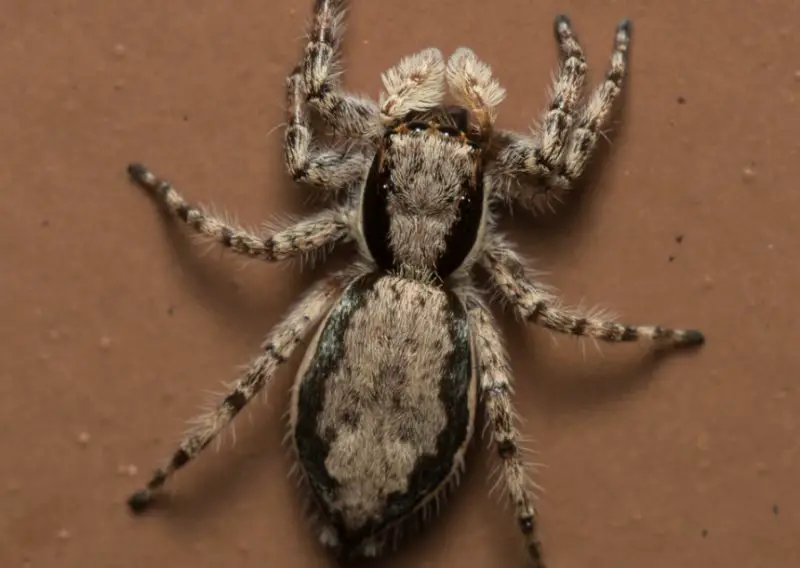
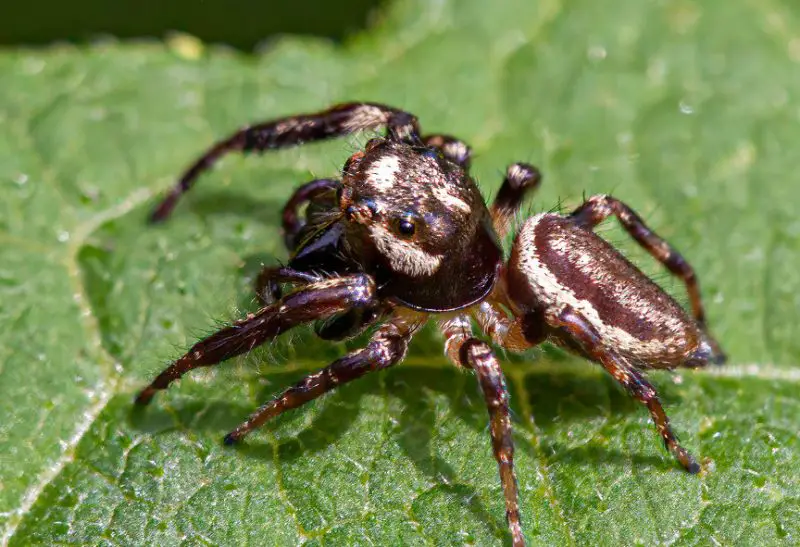
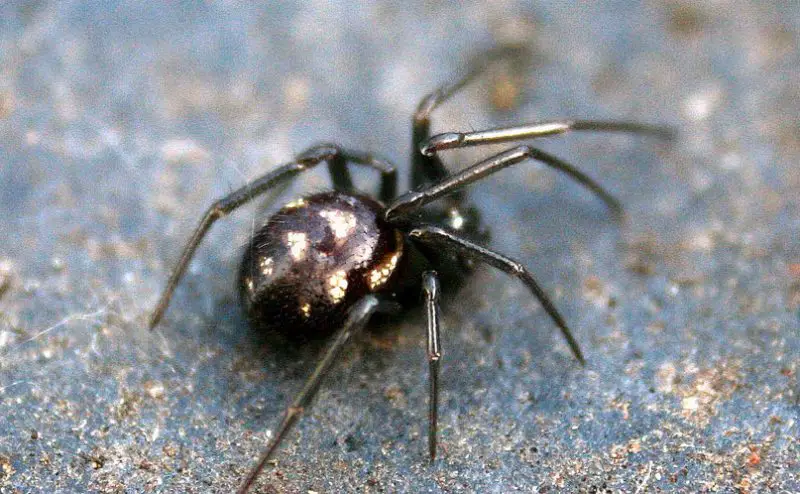















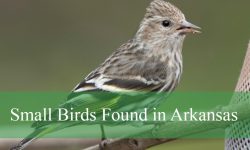
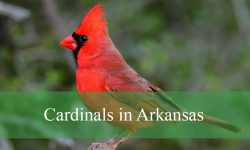

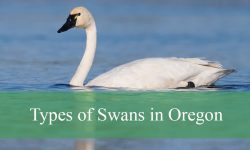
None looks like the large black spider with 2 lines of white on the back that I have.